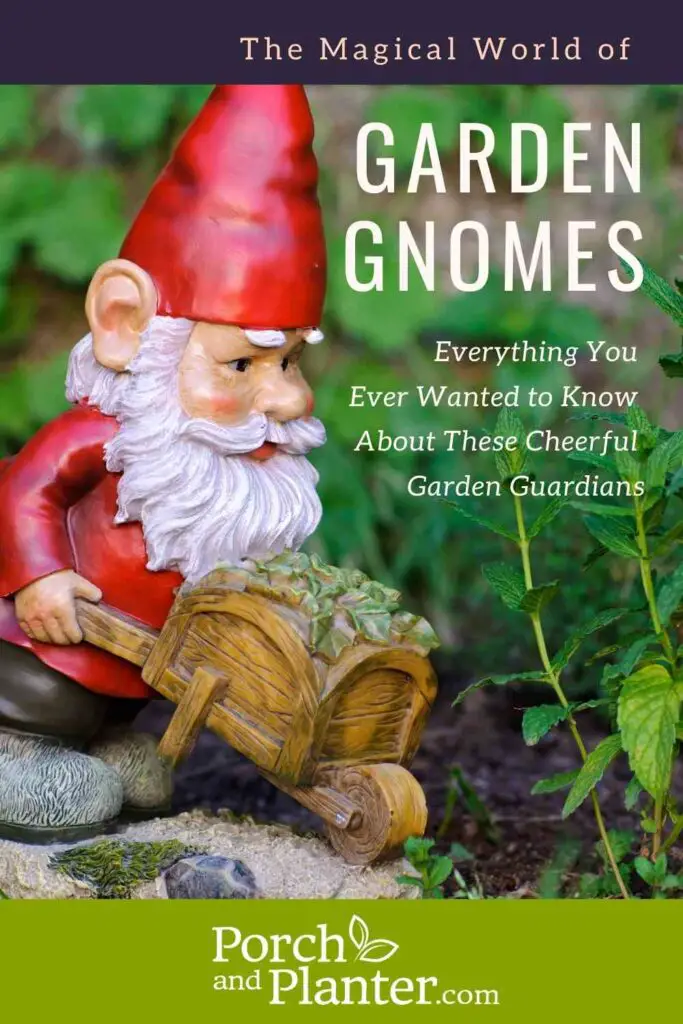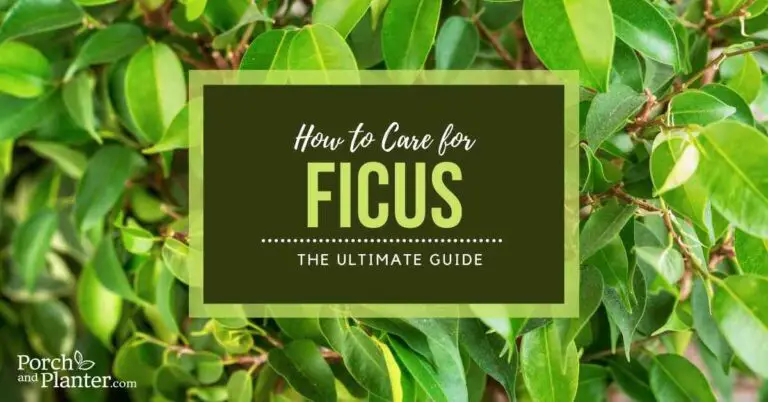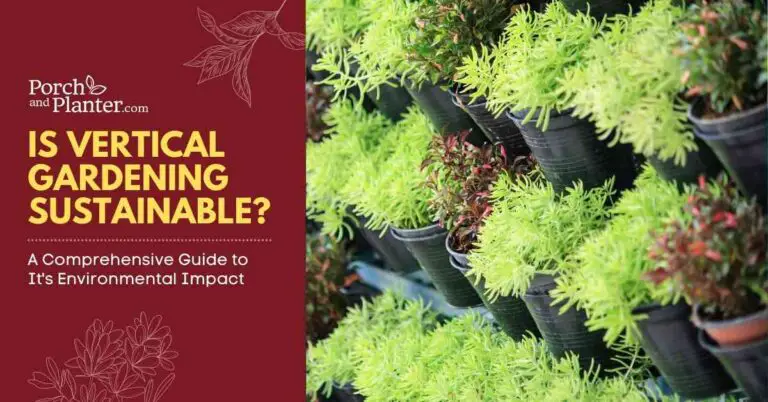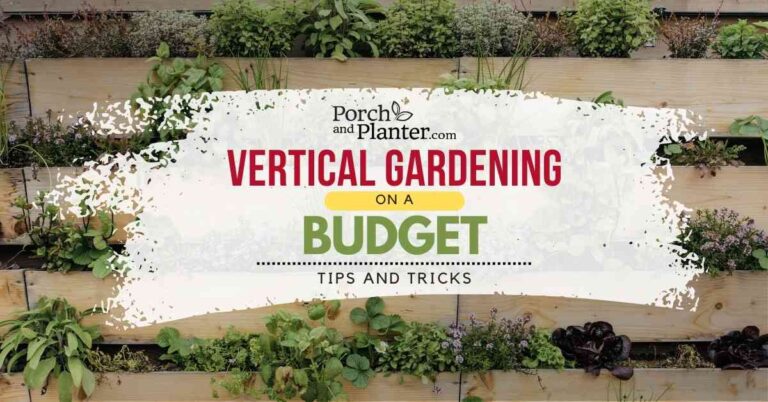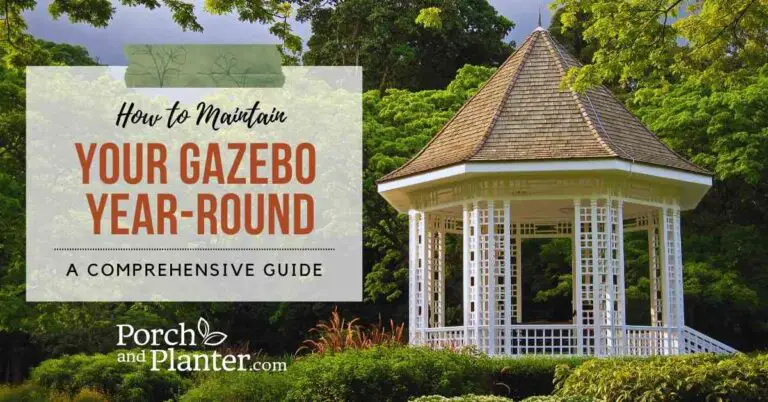The Magical World of Garden Gnomes: Everything You Ever Wanted to Know
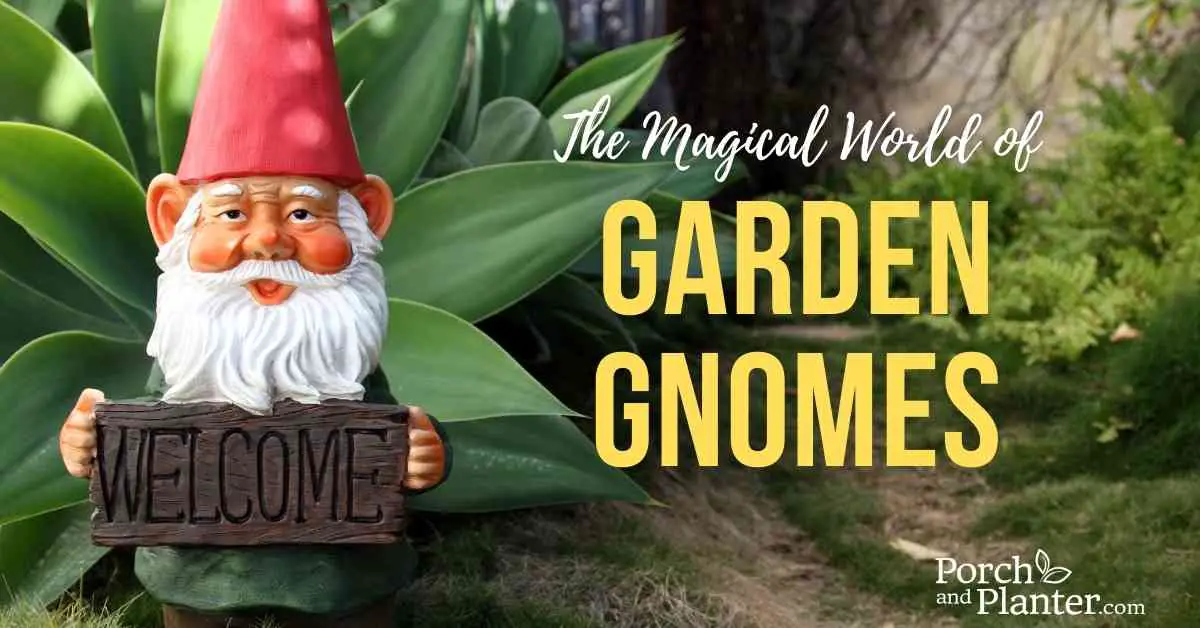
Garden gnomes are a staple in many gardens. These little guys seem to be popping up everywhere and for good reason! They can bring color and whimsy to your garden, while also providing protection from pesky critters that want nothing more than to eat your plants. But where did these tiny guardians come from? And what’s their story? Let’s find out!
What Are Garden Gnomes?
Garden gnomes are small sculptures or statues typically made of ceramic, stone, or concrete in the shape of a small humanoid creature known as a gnome. While a garden gnome statue is usually painted in bright colors, there are unpainted garden gnomes. Garden gnomes are also often sculpted with pointy hats or caps.
Garden gnomes are usually depicted as male, with a white beard. There are female gnomes, however, they are less common than male gnomes.
Why do people love garden gnomes so much?
People like garden gnomes because they are a whimsical addition that can make a garden feel homey and inviting. They are also considered to be good luck, or at least they will bring happiness if you have them in your yard!
Garden Gnome History
Humanoid guardian statues in gardens can be traced back to Roman times. In ancient Rome, small stone statues of the god Priapus were often put in gardens to ward off evil and protect their garden and home.
During the Renaissance, wealthy families would put small stone statues called “grotesques” in their garden, typically painted in bright colors, as both a good luck charm and a status symbol. Because they were made of stone, each had to be carved by hand. This made grotesques extremely expensive and meant the average family couldn’t afford one to decorate their garden.
In the 1700’s, small wood or porcelain statues of the “little folk” from various folklore became popular decorations for the home. They were particularly popular in Europe, where the production of small porcelain “garden dwarves” were produced by a number of companies of Germany.
These statues spread to England in 1847, when Sir Charles Isham brought a number of ceramic garden dwarf statues back to England and used them to decorate his garden. The English began calling them gnomes, and they became associated with decorating gardens.
Gnomes became particularly popular after Disney released their 1937 animated film “Snow White and the Seven Dwarfs” which featured a family of seven gnome-like dwarves as friends to Snow-White. The post war economic growth in the United States meant many families could now afford to get their own gnomes, which made them a popular addition to the gardens of the working class.
In the late 20th century, the introduction of novelty garden gnomes depicting gnomes in less traditional outfits and clothing caused them to see another surge in popularity. People could get gnomes that depicted their profession or hobbies to not only act as their garden protector, but also make a statement about themselves.
Different Types of Garden Gnomes
There are many types of garden gnomes, each with its own meaning.
The following is a list of the more common and well-known types:
- The Fisherman Gnome – A fisherman gnomes’ fishing rod can signal he guards over waterways, ponds, or even seaside gardens as an aquatic protector for small animals that live in water to make sure they are safe from bad weather.
- The Gnome with Animal Friends – These gnomes are usually accompanied by animals, and they can be found in a variety of different poses from lounging to sitting or standing on their heads! If you’re an animal lover, this type of gnome is the perfect addition to your garden!
- The Gnome with Tools – These types of gnomes can be found in a variety of poses and are often holding tools such as shovels, hammers; etc. These types may have been given these items for luck to help them work the land better, bringing a bountiful harvest.
- The Gnome with a Garden – This type of gnome is typically found in gardens holding flowers, vegetables, a mushroom, or other plants. These types may have been given these items for luck to make sure their garden is healthy and grows well without any damage from pests or disease.
- Novelty Gnomes – Novelty gnomes are funny garden gnomes in less traditional outfits. They often depict different professions, hobbies, or character tropes and often make a statement about the owner.
Are Garden Gnomes Evil?
Garden gnomes are not evil. In fact, they are symbols of protection for your home and garden, and are thought to bring luck to your household.
In some folk stories involving garden gnomes coming to life, they often play the part of good-natured tricksters. Despite their love of practical jokes, however, they aren’t inherently evil.
At the end of the day, garden gnomes are bright and cheery little statues that make people smile, which is all one could really ask for from a decoration.
Tips for Putting in a Garden Gnome
Adding a gnome to your garden is one of the easiest ways to decorate. The hardest part of putting a gnome in your garden will likely be deciding on which gnome you’d like to get. There are many different varieties, but generally, they can be grouped into two categories: traditional garden gnomes or funny garden gnomes – the choice will largely depend on your personal preference and whether you have a theme in mind when decorating your garden. A traditional garden gnome in a red pointy hat and a white beard is usually a good choice if you’re not sure what to choose.
The next step when putting in a garden gnome is to determine where you’d like it. Traditionally, you’d want to give your gnome a good view of the garden so they can keep a watchful eye on what’s going on. A good spot for your new garden friend would be somewhere that’s easily visible from the windows where you look out at your garden or somewhere you enjoy spending time in your garden.
It’s also important to keep in mind what material your gnome is made from when picking a spot. If you have a gnome that’s painted, you might want to pick a shady location for them, as the sun can cause the paint to fade over time. Clay, terracotta, or porcelain gnomes also tend to be more fragile than those made from a more durable resin or plastic material.
You’ll also want to make sure that you pick a spot where your gnome will be safe from accidents. Nothing is worse than turning around with a shovel because a noise has startled you and hitting your gnome!
If you have a fairy garden area, your gnome would make a great addition to this outdoor space! The gnome will watch out for evil spirits and protect the fairies living there.
